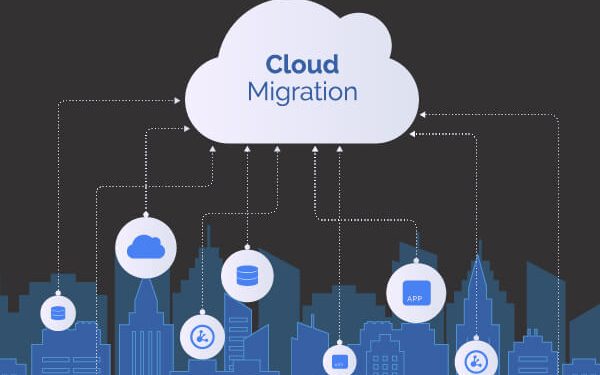When migrating from one cloud to another, businesses must get the planning part right. Since business migrations are mission-critical and involve moving sensitive company data, there are several key areas companies need to look at, including choosing the right migration tool, sorting data at the source cloud, and structuring the migration environment.
Here are five actionable insights that can help businesses plan cloud migration properly to ensure a smooth transition to the new destination cloud:
1. Planning The Migration With Improved Collaboration Is A High Priority
One of the most significant benefits that businesses of all sizes can get from moving to a new cloud suite is improving collaboration to a significant extent. This is especially true for companies planning to migrate from traditional clouds to modern collaboration-focused cloud suites e.g., from Box to SharePoint Online.
Building and improving cloud collaboration benefits businesses of all sizes in two key areas: enhancing resiliency and operational efficiency. While improved resiliency helps businesses steer clear of disruptions during uncertain times, operational efficiency has always played a key role in boosting team productivity and revenue generation.
2. Free Migration Tools Don’t Work For Business Migration Requirements
No free tool is suitable for any type of business requirement, including cloud migration. Free migration tools cannot meet extensive business migration needs such as migrating terabytes and even petabytes of company data, transferring intricate metadata and offering dedicated IT support.
It’s only by using a scalable paid tool like CloudFuze that businesses can migrate sharing permissions, user account hierarchy, version history comments, external and internal shares, and embedded links when migrating from traditional or even from modern cloud storage such as Google Drive to OneDrive, SharePoint Online, or other clouds.
3. It’s Worth Sorting Data Prior To Initiating The Migration
Migrating unnecessary data can be a loss for businesses as it incurs unnecessary expenses. Therefore, it’s a good step to sort user accounts and data at the source cloud prior to migrating to the new destination cloud.
Dedicating time to go through the user accounts and data at the source cloud will help identify miscellaneous items that are no longer needed for the company. And by deleting the unwanted user accounts and data, you can reduce the overall migration load and slightly lower your company’s overall migration expense.
4. Choosing The Right Migration Environment Is Crucial
The default migration environment that any cloud migration service provider offers isn’t always suitable for many businesses. For example, businesses based in the UK or EU need to adhere to GDPR laws when transferring company data from the source cloud to the destination cloud. Such companies need to migrate source cloud data in a GDPR-compliant server that is hosted either in the UK or EU.
With scalable cloud migration services such as CloudFuze, businesses can even perform the entire migration privately in their own data center to avoid the risk of the company data going out into shared networks.
5. Rationalizing Migrated Data To Help End-users Adapt Efficiently
One of the key areas of any cloud migration for most businesses is helping the end-users (employees) adapt efficiently to the new destination cloud. It is essential to rationalize the migrated data on the destination cloud to do this.
Final Words
Performing delta migration is a must for businesses to update all the incremental changes on the destination cloud. As part of making it easier for end-users to adapt to the new cloud quickly, it’s also important for businesses to refer to migration reports to help get clarity on user data.
Follow Techdee for more!





